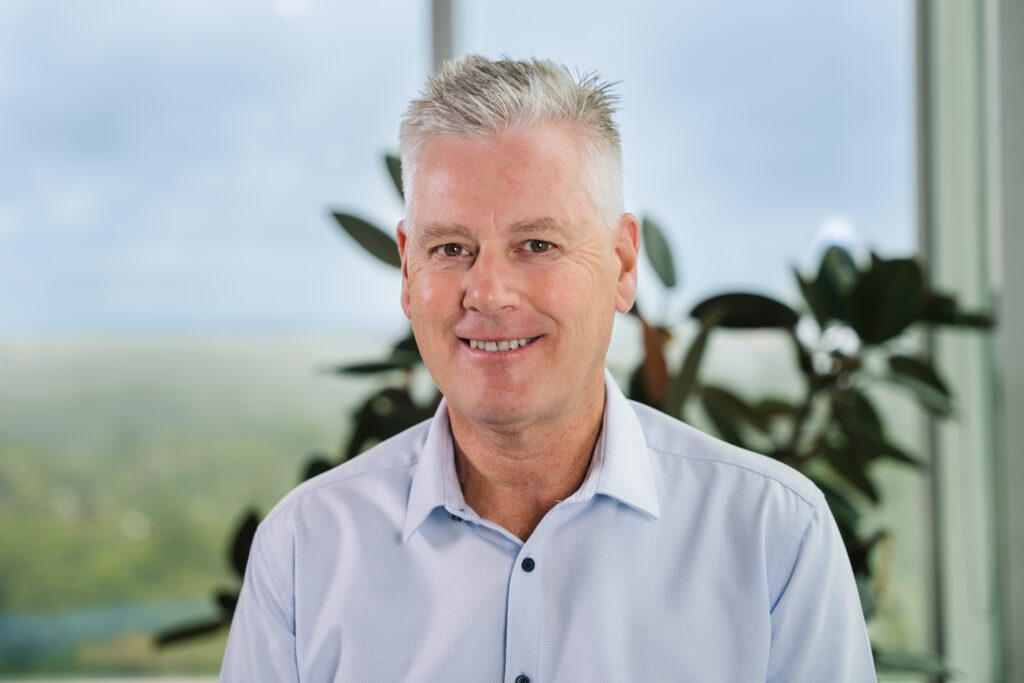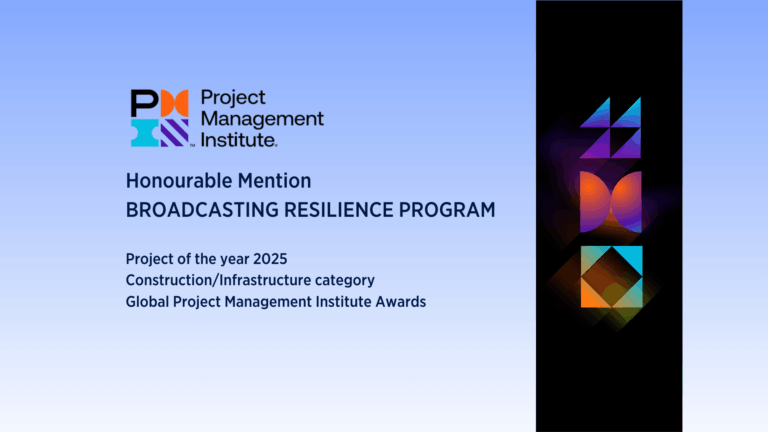iTWire chatted with Nick Gurney, Director of Telecommunications at BAI Communications Australia, to get his views on the Australian telecommunications landscape and the activities of BAI on both the local and global stage.
Q. To start things off, would you be able to discuss your role as Director of Telecommunications at BAI Communications Australia?
A. I joined BAI Communications Australia in February 2022 to drive the growth strategy for our telecommunications business with the aim of helping to address the current and future connectivity challenges in Australia. We are very focused on leveraging our local industry expertise and the solutions BAI is delivering globally across network infrastructure, private and public wireless, and smart precincts to help improve Australia’s communications landscape.
Q. What have been the key achievements that you and your team have been part of since you joined BAI?
A. We initiated our hypergrowth telecommunications strategy. We have developed a comprehensive execution plan, hired and embedded a high performing team of industry specialists, and made significant progress delivering on our business strategy.
In July 2022, we announced our participation in a 5G technology trial with the Australian Meat Processor Corporation and AI developer Bondi Labs. In August, we led an Open RAN working group as part of the Department of Regional New South Wales’ Mobile Coverage Program’s Active Sharing Partnership to help address connectivity blackspots across NSW.
We are now focusing on engaging government and private enterprises to grow our public wireless and neutral host solutions in Australia. The reception so far has been very positive. More organisations are understanding the benefits shared infrastructure brings to enhance connectivity and deliver efficiencies and commercial outcomes.
Q. Could you share your views on network infrastructure maturity in Australia – the gaps and opportunities?
A. Australia is generally very well served in terms of network infrastructure on a global level. That said, where it comes to generating value and creating high performing ecosystems, for example in public and private wireless environments, there is still work to be done. The current landscape is characterised by a small number of dominant players, and many much smaller players with specific domain capabilities. This is leading to fragmentation and increasing costs, while reducing interconnectivity and value creation.
Industry collaboration is critical to help bridge these gaps and create a more holistic and purpose-driven industry that prioritises high-quality connectivity. Neutral hosts or shared infrastructure players will perform an important role, and we are starting to see an increased demand for this kind of infrastructure model in Australia. Also, changes in the industry like the separation of mobile network operators (MNOs) and their tower assets will likely help drive industry adoption of third party shared infrastructure models.
Q. How does shared network infrastructure and neutral host solutions provide more cost-efficient and better customer experience outcomes for customers. Would you be able to elaborate on this?
The neutral host model is fast emerging as the most cost-effective and commercially viable way for MNOs to deliver high-quality coverage and capacity to their customers. It offers an alternative to traditional models of infrastructure deployment whereby an MNO would typically build, operate, and finance the infrastructure themselves. Instead, a neutral host provider like BAI deploys and manages this infrastructure and leases it to multiple MNOs and service providers.
Working with a neutral host provider also offers a significantly faster and less expensive way for MNOs to scale services and meet the growing demand for data and network capacity. This is particularly critical for 5G as it is more expensive and complex to roll out 5G networks than previous generations. It no longer makes financial sense for MNOs to build and run their own network infrastructure, especially in regional Australia. The neutral host approach ultimately enables MNOs to save on capital expenditure and onboard their services quickly, without compromising the quality of coverage for their customers. The same scenario works in the public wireless space where shared infrastructure is again the most cost efficient and best customer experience outcome.
Q. What can you tell us about BAI’s successful implementations overseas and lessons learnt? How can these be applied to tackle local issues?
A. BAI has strong expertise in the transit space. It has built and currently operates some of the largest transport communications networks in the world, including in New York, San Francisco, Toronto, Hong Kong and most recently, London. BAI was awarded a 20-year concession by Transport for London (TfL) in June 2021 to deliver mobile connectivity on the Underground. Once complete, customers will be able to make calls, check the latest travel information, keep on top of their emails, catch up on social media and live stream videos, transforming the passenger experience. TfL’s transformation will also serve as an example for other cities keen to embrace the benefits of smart city technologies. This is an area we are passionate about as a business.
BAI is also a leader in providing complex public and private wireless solutions to major stadia in the US, for example Crypto.com and LA Live in Los Angeles. We have a portfolio of major buildings and venues and are operating on the forefront of shared infrastructure technologies.
Additionally, one of the biggest learnings from our leading smart city work with Sunderland City Council is the importance of public private partnerships (PPPs). Traditional infrastructure delivery models often involve disparate stakeholder groups and multiple agencies without a unified vision. In contrast, PPPs typically take a holistic, long-term approach to achieve transformative outcomes. This forward-thinking vision is critical as it enables cities to deliver positive socioeconomic and environmental outcomes over a sustained period. In Australia, we have the industry knowledge, and when we bring together our successful execution globally, we hope to see transformational outcomes take place.
Q. How do you think Telecommunications will evolve in the next decade?
A. Certainly a big question. The long-term trends in the industry will continue, such as the need for ubiquitous high-quality mobile and high-capacity broadband. Innovation will continue to be led by over-the-tops and start-ups and we have a strong pool of talent in Australia in this area. What we need to watch is that the digital divide does not increase, particularly in regional and rural Australia. We must instead nurture the industry to have seamless interconnectivity to enable greater sharing of data, applications and improved outcomes – of course underpinned by security at every level in the stack.
Q. How do you see BAI evolving over the next couple of years and what is your vision?
A. Our focus moving forward is to keep expanding our telecommunications and neutral host business in Australia. We are in a unique position to serve our customers as we have local knowledge combined with world-class global engineering expertise.
Over the next couple of years, transit and large venues like commercial real estate, shopping centres and stadiums, are where we are looking to extend our public wireless offering. In transit, the demand for onboard Wi-Fi, small cells and other solutions on passenger carriages, train stations and underground networks are driving growth opportunities. On the venue side, enterprises and venue owners are seeking solutions that help embrace productivity gains and improve coverage through IoT, enhanced automation, advanced analytics and private networking. The solutions developed will serve smart city/smart precincts too. We will continue our focus on our network solutions and critical communications business.
We look forward to working with customers to deliver connectivity solutions that enable Australians to enjoy enhanced connectivity experiences in their daily lives.







